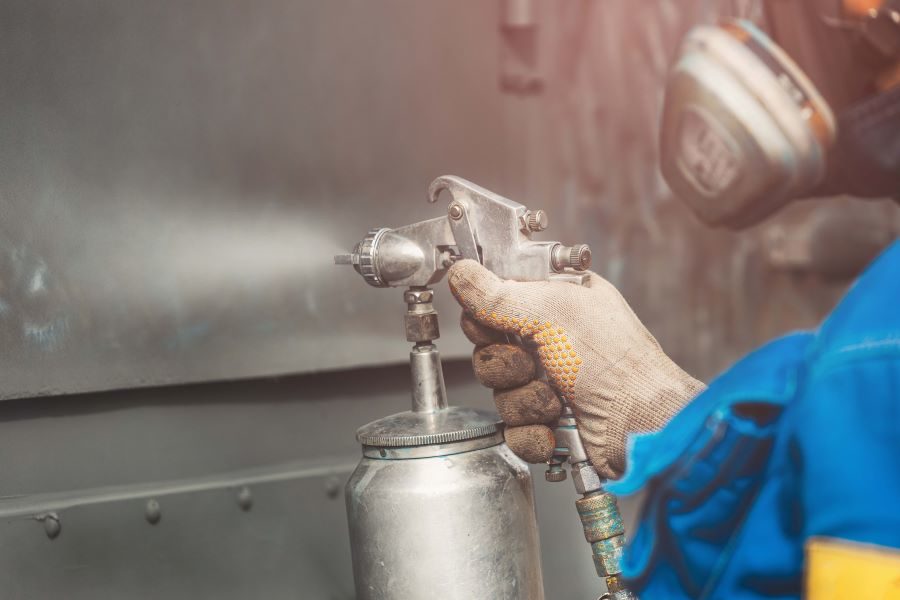Application of jet mill in anticorrosive coatings

Fly ash, also called fly ash, is a powdery waste formed by calcining in boilers.
Fly ash is typically captured from the flue gas by an electrostatic precipitator or other particle filtering device before the flue gas reaches the chimney.
Fly ash is composed of crystals, glass bodies, and residual carbon. It is gray or gray-black and irregular in shape. Most of the particles are microspherical, with a particle size of 0.1 to 300.0 μm, a density of about 2 g/cm3, and a bulk density of 1.0 to 300.0 μm. 1.8 g/cm3, it has a large specific surface area and strong adsorption activity.
Anti-corrosion performance mechanism of fly ash enhanced coatings
Fly ash contains a large number of microbeads and sponge vitreous structures. Moreover, after the microbeads are crushed, that is, after the surface is destroyed, more pore structures and sponge vitreous structures will be exposed, which can increase the specific surface area of the powder. Utilizing these characteristics, it can be used as a filler in other products, thereby making it a better functional filler for coatings. Research shows that ultrafine fly ash, as a paint filler, can combine covering, leveling and wear resistance.
The corrosion resistance of the coating is closely related to the porosity of the coating. Fly ash is added as a filler in the coating. Due to the pozzolanic effect of fly ash, it can fill the pores of the coating to prevent corrosive media from penetrating into the interior of the coating through the anti-corrosion coating.
Fly ash has good mechanical properties. The fly ash/resin composite coating can increase the durability of the coating, prevent local pores due to wear and loss of protection, and greatly extend the service life of the coating.
The addition of conductive polymer not only improves the water-blocking performance of the coating, but also reduces the oxidation rate of the metal. By adding zinc powder or aluminum powder to the anti-corrosion coating, the active material becomes the anode of the corrosion reaction and protects the metal matrix as the cathode.
Application of jet mill in anticorrosive coatings
Different from the traditional mechanical crushing principle, under the action of high-speed airflow, the material is crushed through the impact between its own particles, the impact and shearing effect of the airflow on the material, and the impact, friction and shearing of the material and other parts. In addition to impact force, the crushing force also includes friction and shearing forces. Friction is caused by the friction and grinding motion between the material particles and the inner wall. Of course, this friction and grinding process also occurs between particles. Because the two crushing methods of impact and grinding are mainly suitable for fine crushing of brittle materials, they are especially suitable.
Jet crushing has some special characteristics because it is different from ordinary crushers in terms of crushing methods and principles:
The fineness of the product is uniform. For the airflow crusher, during the crushing process, due to the centrifugal force of the airflow rotation, the coarse and fine particles can be automatically classified.
The average particle size of the crushed materials is fine and can be crushed to sub-micron level;
The production process is continuous, the production capacity is large, and the degree of self-control and automation is high.
